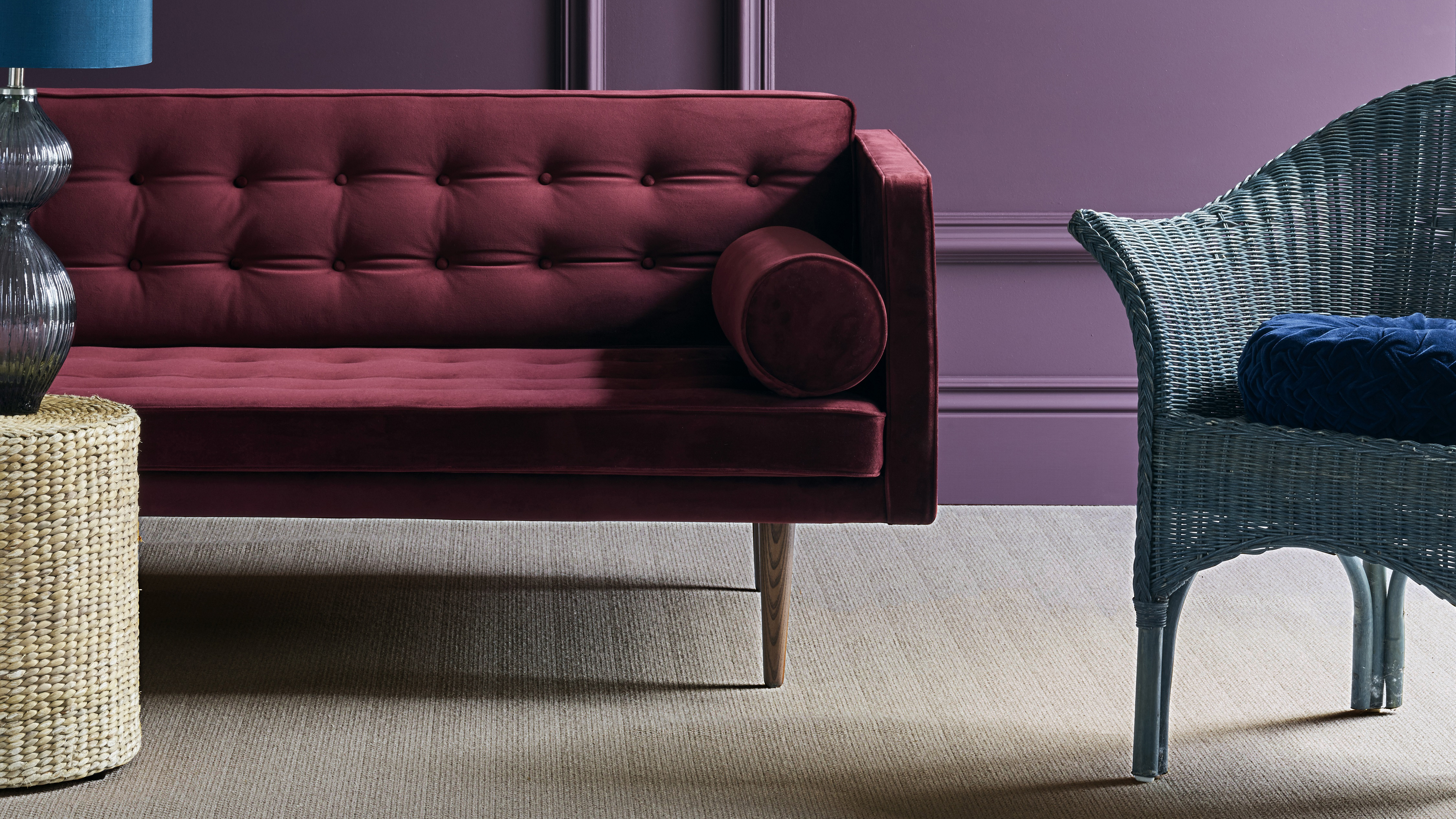
Used for centuries around the world, plant-fibre flooring is a popular flooring choice for contemporary interior schemes, and a contemporary alternative to traditional carpet.
Hardwearing and durable, today’s designs are more refined and softer underfoot, with mellow tones that appeal to those wanting to create a natural look. Spun and woven from plants, husks and grasses, natural-fibre flooring can be found in different styles and weaves, such as boucle, herringbone, basketweave, twill and plaid.

Flooring by Alternative Flooring
How much does natural flooring cost?
With natural flooring, the complexity of the weave and the quality and strength of the fibres will contribute to the cost. Roughly woven examples with thick fibres will feel rougher underfoot and will have a limited lifespan, but they can cost as little as £10 per square metre.
Finely and tightly woven carpets made from refined fibres will feel more comfortable, will wear much slower, and can easily cost up to, and above, £100 per square metre. Sisal is priced at around £35 per square metre for a good quality product. Seagrass starts at about £15 per square metre and can cost as much as £35 per square metre, similar to the cost of coir and jute flooring.
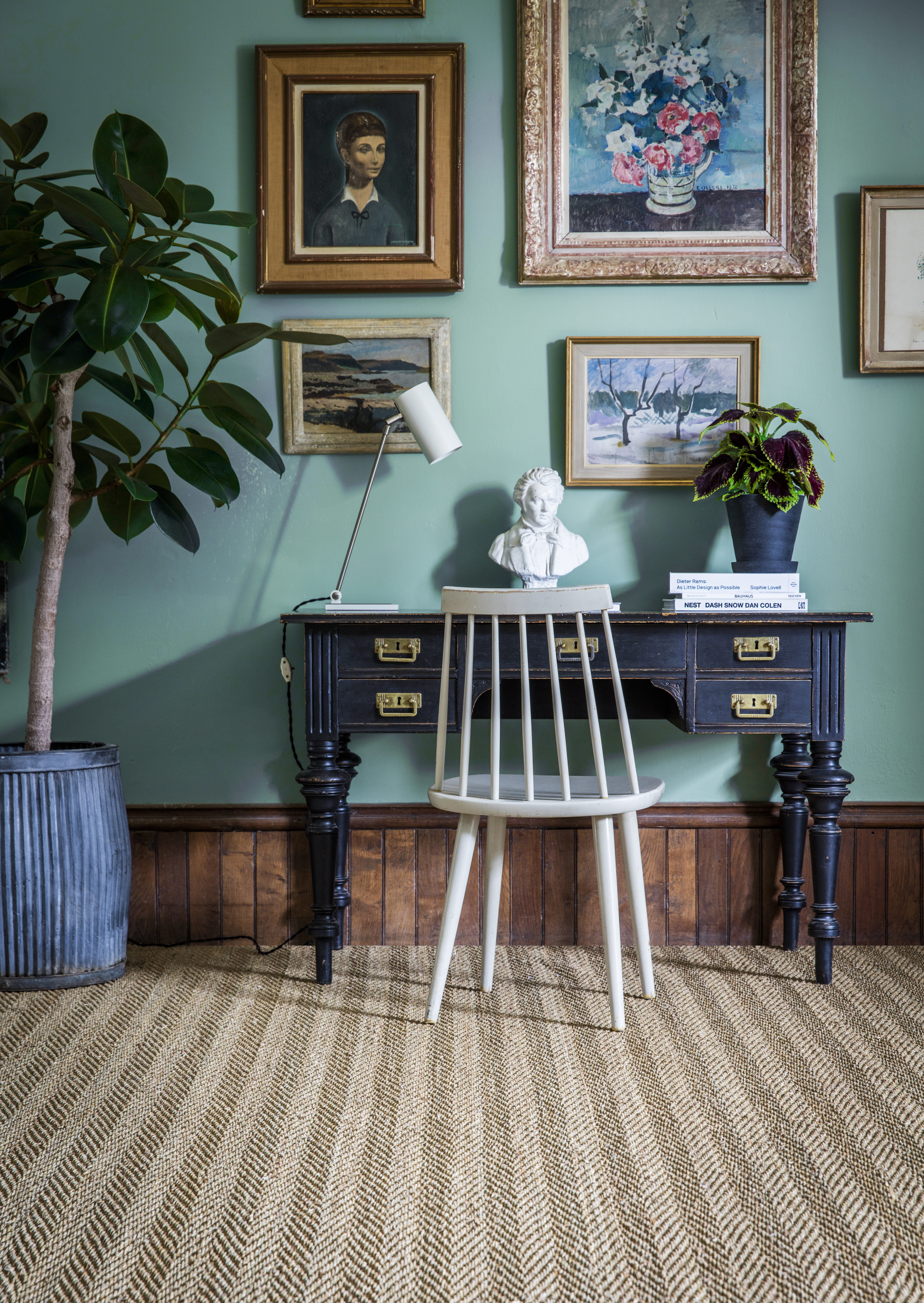
Seagrass Herringbone carpet by Alternative Flooring
Which natural flooring material to choose?
The popularity of materials such as sisal and seagrass has grown, in part, due to their sustainability. They don’t usually contain artificial colours or chemicals, and are free of pollutants. They are 100 per cent biodegradable, usually processed in an ecologically sound way, and are particularly suitable for asthma sufferers and those prone to allergies. Find out about the pros and cons of each natural flooring material:
Sisal
Sisal is extracted from the leaves of the Agave sisalana. It is strong and hardwearing, and can be dyed, so it usually offers the widest selection of shades; some companies offer more than 50 choices of designs and colours. This type of flooring is ideal for high-traffic areas, such as hallways and stairs. It is anti-static and regulates humidity in the home.
Seagrass
This material is grown on riverbanks and paddy-like fields in Vietnam and China. As a type of flooring, it is highly textured and is usually backed with a latex compound to create a hardwearing product. Seagrass flooring is mainly sold in its natural colour, as it cannot be dyed, but sometimes an additional coloured yarn, such as sisal, is woven into the design. Its waxy surface makes it naturally stain-resistant and anti-static, but this, and its resistance to bending, means it’s not suitable for use on stairs.
Coir
One of the oldest forms of plant floor covering, this is made from coconut husk fibres softened in water. It has a slip-resistant surface but can be rougher than sisal and seagrass, making it ideal for high-traffic areas. Unlike some other fibres, it is not susceptible to mildew and damp and doesn’t harbour bacteria, making it a good choice for asthma sufferers. Coir can fade a little in strong sunlight, and prolonged exposure can make it brittle. While not usually dyed, it is often bleached for a creamy, yellow shade.
Jute
Jute it is harvested from the corchorous plant. It is soft and silky to touch, and is often used in boucle and herringbone weave. While it is not as hardwearing as the other options and isn’t suitable for use in busy areas such as halls, stairs and living rooms. Jute's soft texture means that it is more popular in lesser-used spaces, such as bedrooms.
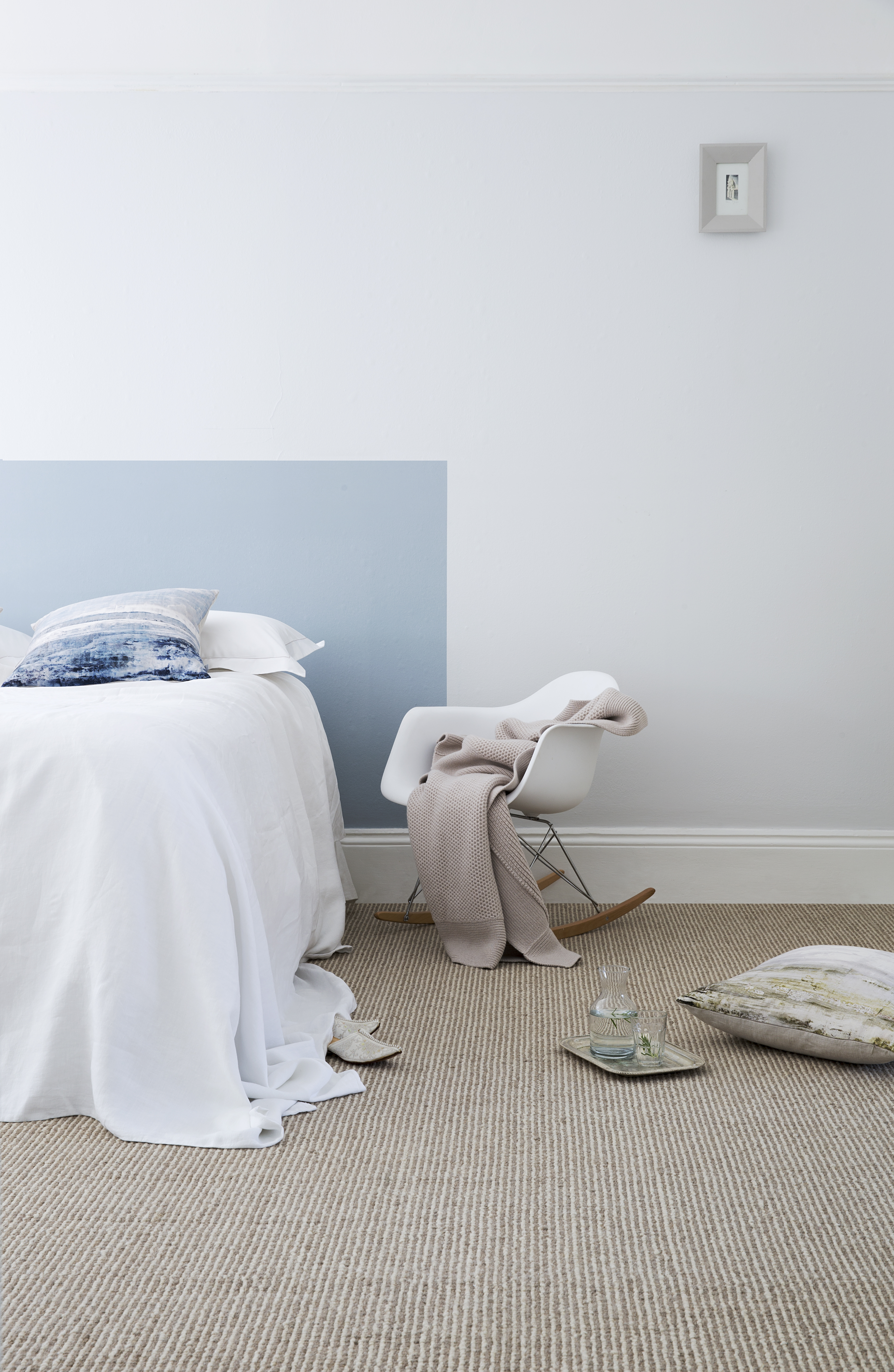
Flooring from Alternative Flooring
Can natural flooring be used with underfloor heating?
There is no simple answer to this question. Natural flooring can have very good insulating qualities, so the higher quality the flooring, the higher the heat would have to be for you to feel the benefit. Flooring made with finer fibres would be better suited to underfloor heating, but since manufacturers haven’t really tested this, there is no way of saying how natural flooring will react to prolonged heat.
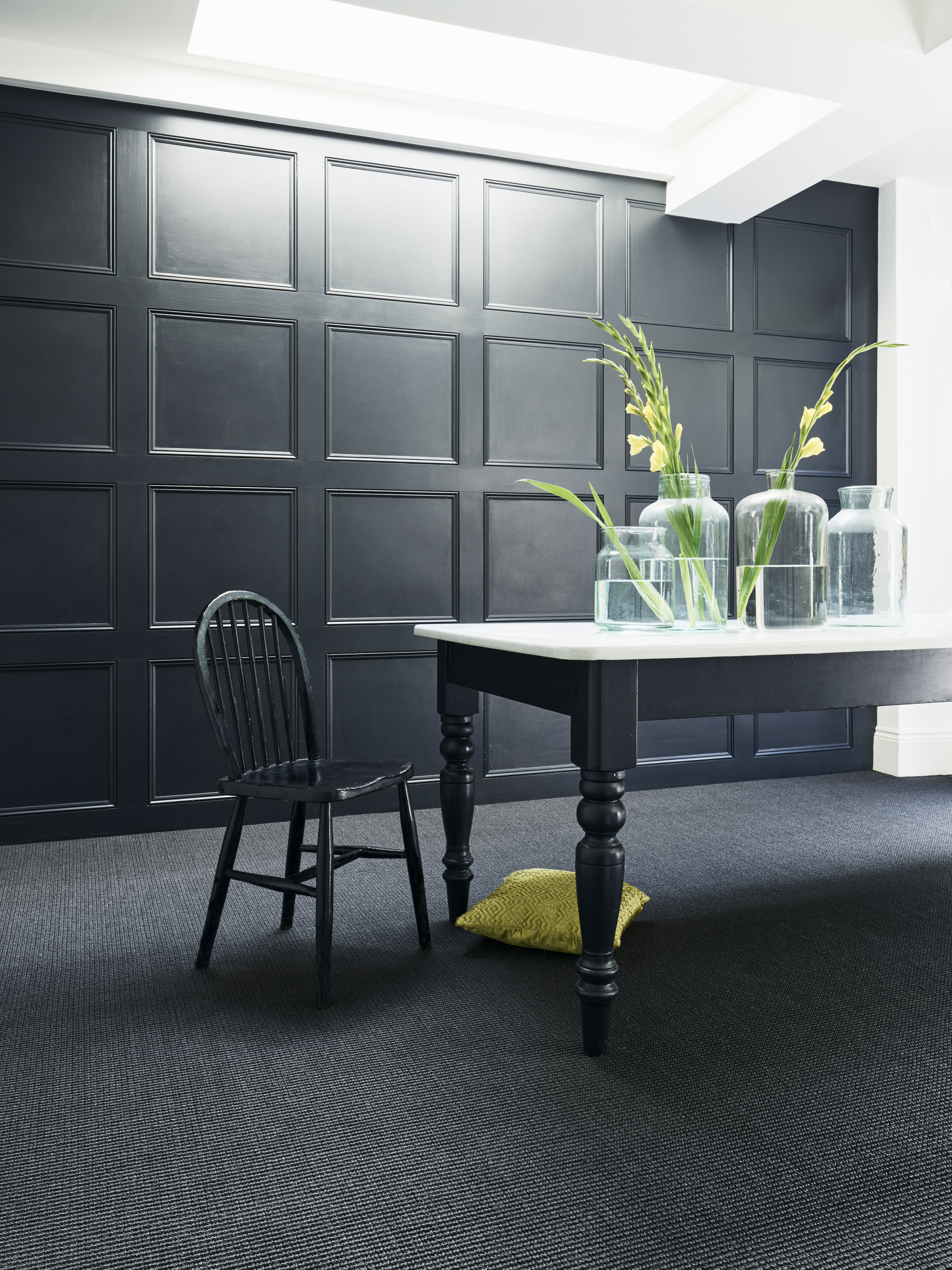
Big Boucle Noir, £48.50 per sq m, Kersaint Cobb
How to fit natural flooring?
Most manufacturers recommend hiring expert fitters for a professional finish. If the flooring is damaged on installation, the fibres can fray and the flooring won’t last long. Use the recommended underlay and talk to your supplier about whether the flooring needs to take time to acclimatise to the surroundings before it is fitted; some recommend at least 48 hours.
Where can natural flooring be used?
Natural-fibre flooring is suitable for most rooms, except kitchens and bathrooms. Not all types of this flooring can be used on stairs, and some are more hardwearing than others, so discuss their suitability and your needs with your supplier before making your final choice.

Flooring from Alternative Flooring
Maintaining and cleaning natural flooring
As with typical types of carpet, this flooring should be vacuumed regularly with a cleaner without a beater bar, which can damage some types of weave. Never use normal proprietary carpet-cleaning products, only those recommended by the manufacturer, and refer to its advice over heavy soiling and stains.
Some flooring is prone to water marks, so talk to your supplier about a stain inhibitor, such as Intec, which sometimes comes as standard on this type of flooring, or as an optional extra. Never use steam cleaners or any kind of wet shampoo.
Where can I find a reputable natural flooring installer?
Your supplier will often have its own fitters for this flooring, or will be able to recommend companies they work with regularly. If you are buying online or can’t find a personal recommendation, the National Institute of Carpet & Floorlayers can give you a list of its local members.

Flooring from Alternative Flooring
Read more:
- Want something natural but more durable? Explore our guide to wood flooring
- Considering a durable synthetic material? Read more about laminate and vinyl
Join our newsletter
Get small space home decor ideas, celeb inspiration, DIY tips and more, straight to your inbox!
Anna is a professional writer with many years of experience. She has a passion for contemporary home decor and gardening. She covers a range of topics, from practical advice to interior and garden design.
-
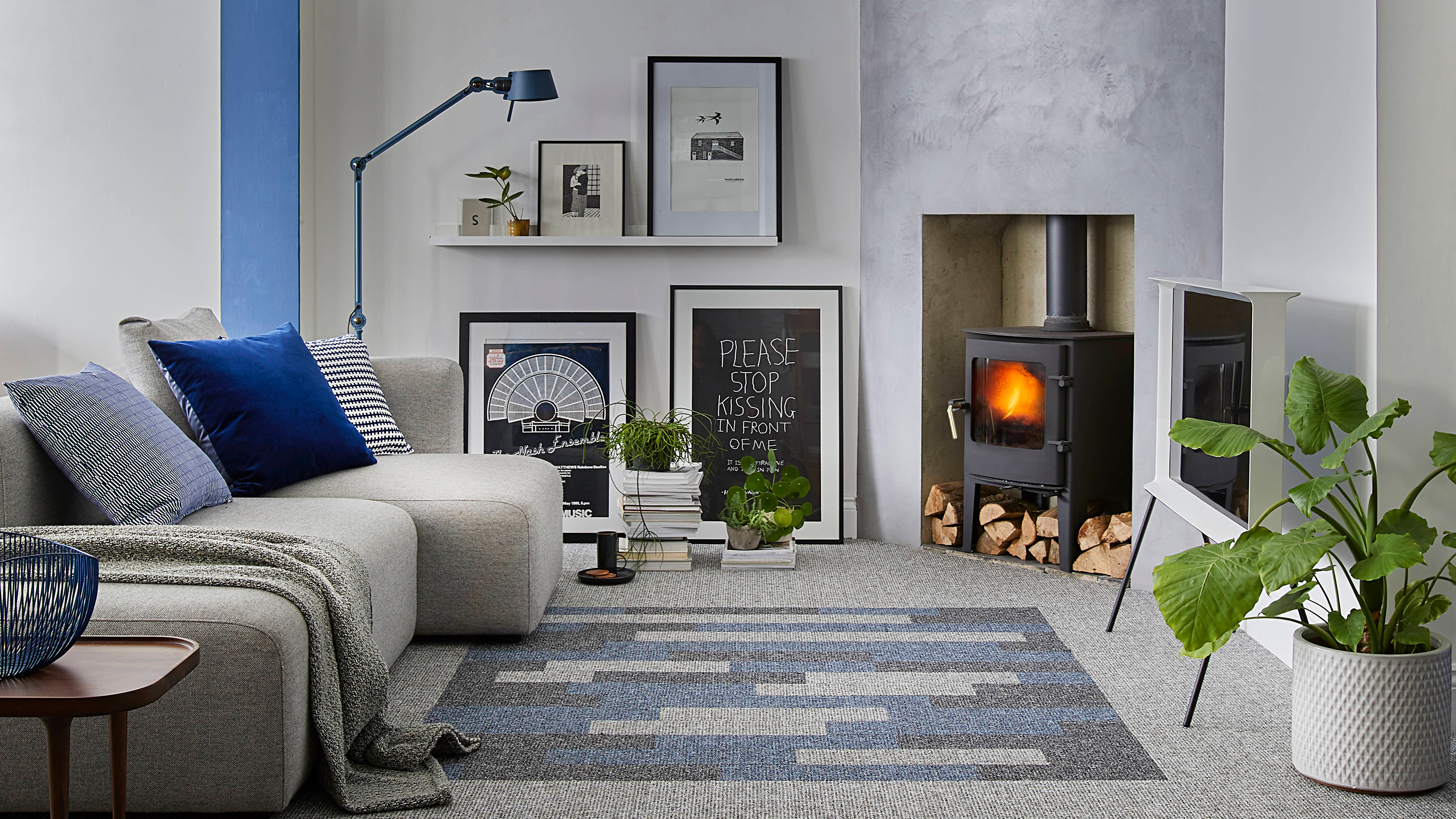 How much does it cost to install carpet?
How much does it cost to install carpet?A breakdown of what it costs to install carpet in any room in your home. Experts advise on the average price per square foot and what other factors can impact your final budget.
By Anna Cottrell
-
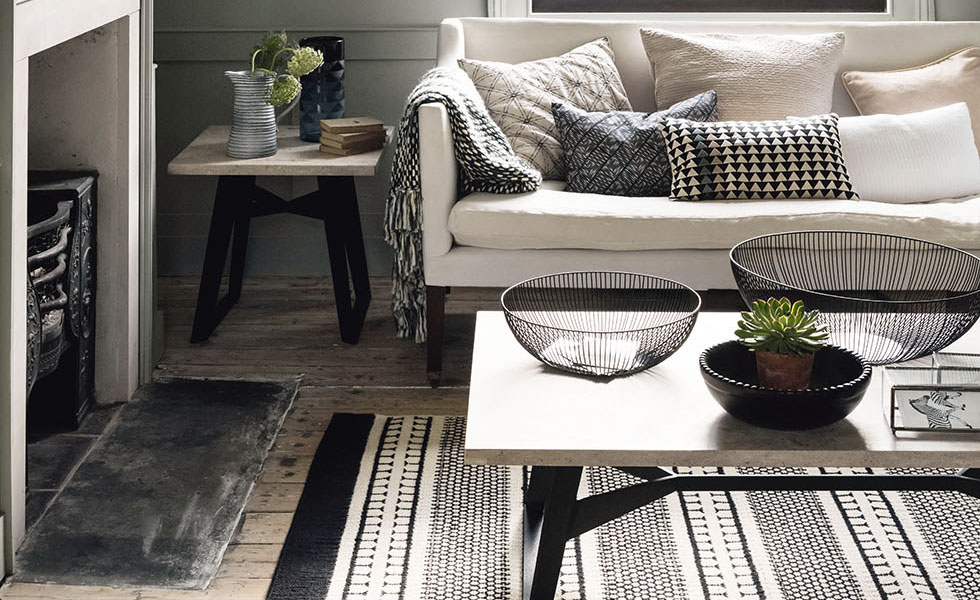 How to choose a rug
How to choose a rugDiscover how rugs can be used to incorporate trends or complement your scheme with our guide to how to choose a rug
By Anna Cottrell